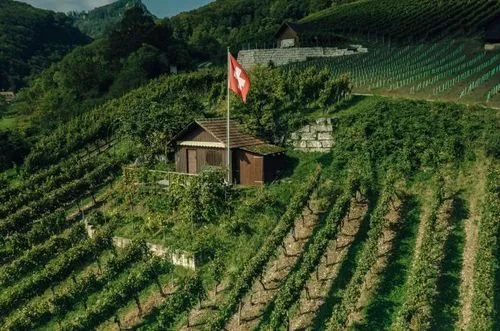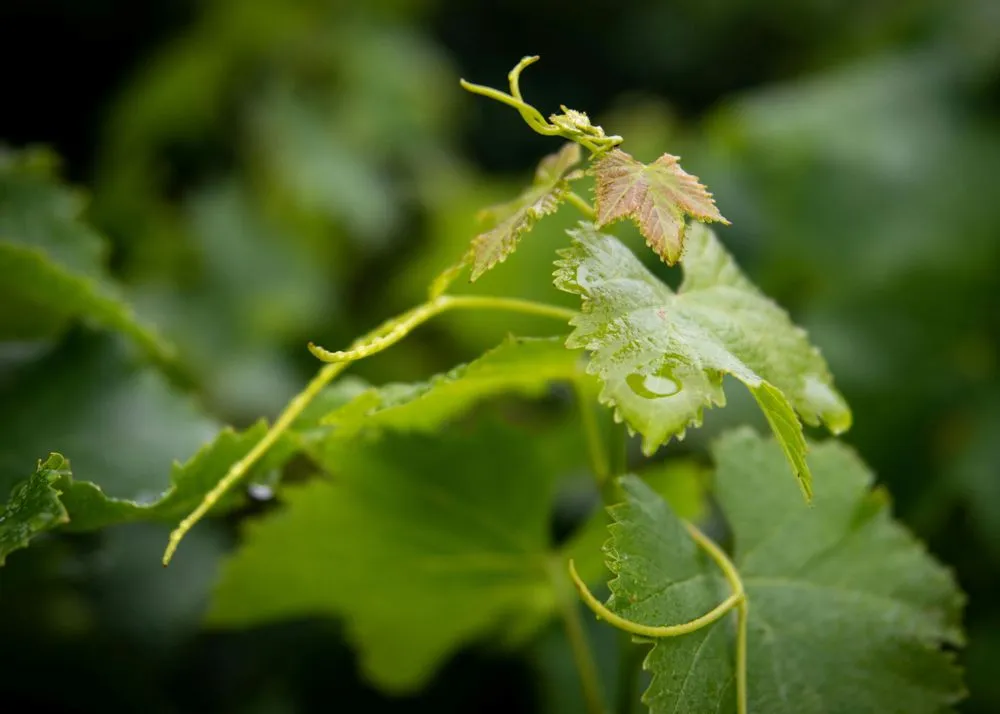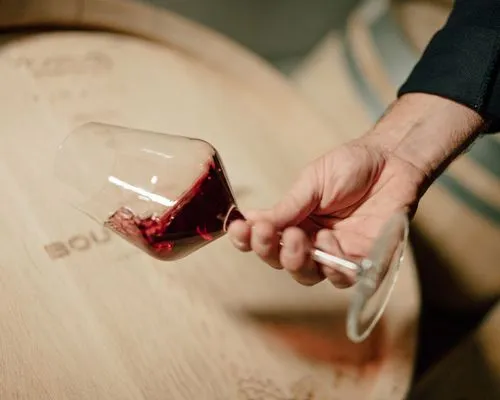When the vines awaken from hibernation: Spring in the Swiss vineyards
The awakening of the vines: From winter dormancy to budding
When the cold months come to an end, the vines begin to awaken from their winter sleep from March onwards. This process starts inside the plant: as soon as the temperatures continuously rise above 10 degrees Celsius, the so-called ‘tearing’ begins. In this process, the plant sap rises from the roots and emerges as a clear liquid at the cut points of the vine. This ‘weeping of the vines’ is the first sign that growth is starting up again.
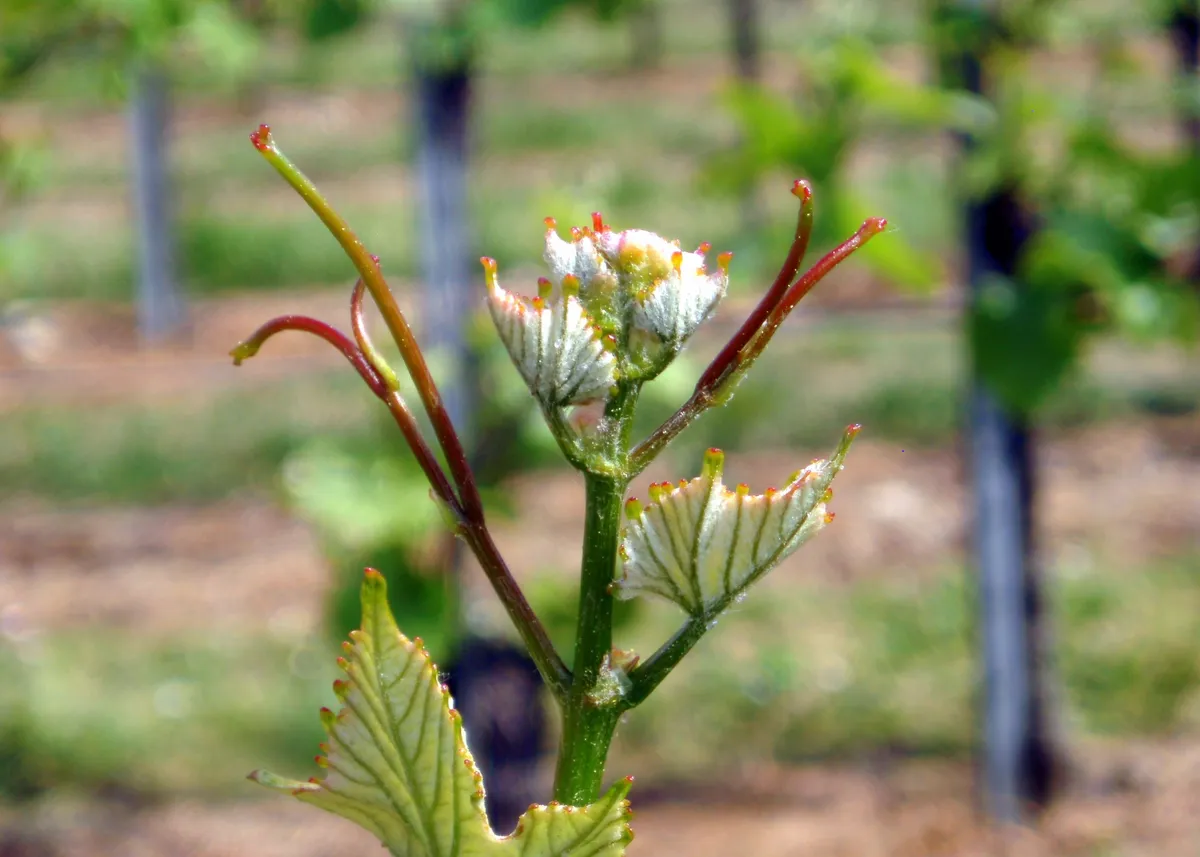
Shortly afterwards, the buds swell and slowly break open. This stage of development, known as ‘budding’ (also called sprouting), typically occurs in April. Small, delicate leaves unfold and the first shoots sprout. However, the vines are now sensitive: late frosts can damage the young shoots and endanger the harvest. That is why some winegrowers are on duty at night during this phase to protect the vines from freezing to death with frost candles or sprinkler systems.

The next phase follows in May: rapid growth. The young shoots stretch upwards and the first signs of flowering can be seen. The vines consume a lot of energy to fully develop – the basis for successful flowering in June is laid.
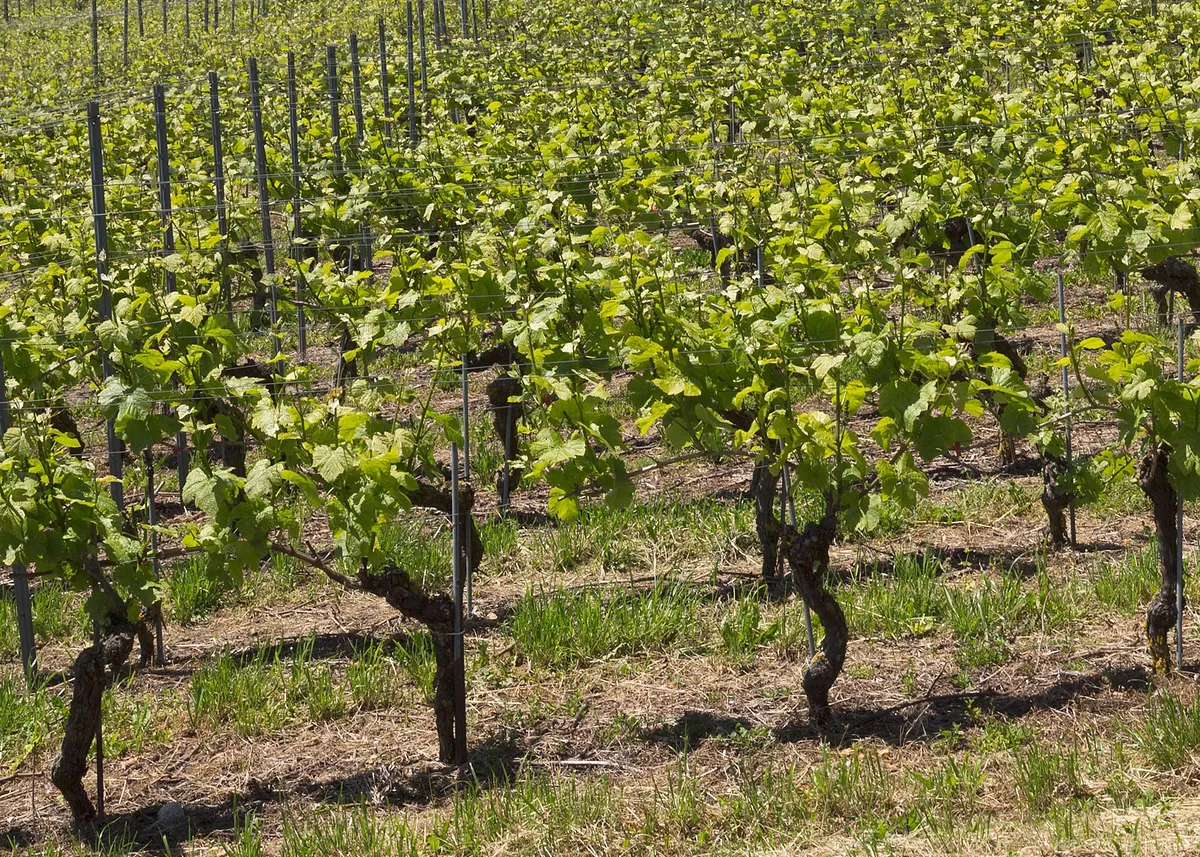
Work in the vineyard: the tasks of winegrowers in spring
Spring is a busy time for both the vines and the winegrowers. The foundations for healthy growth and good grape quality are laid now. The most important tasks include:
Pruning: Many businesses have already started pruning during the winter. This work must be completed by March at the latest. The aim is to remove old, non-fruit-bearing wood and to limit the number of fruit-bearing canes. This directs the plant's energy to a few shoots, which improves the quality of the grapes.
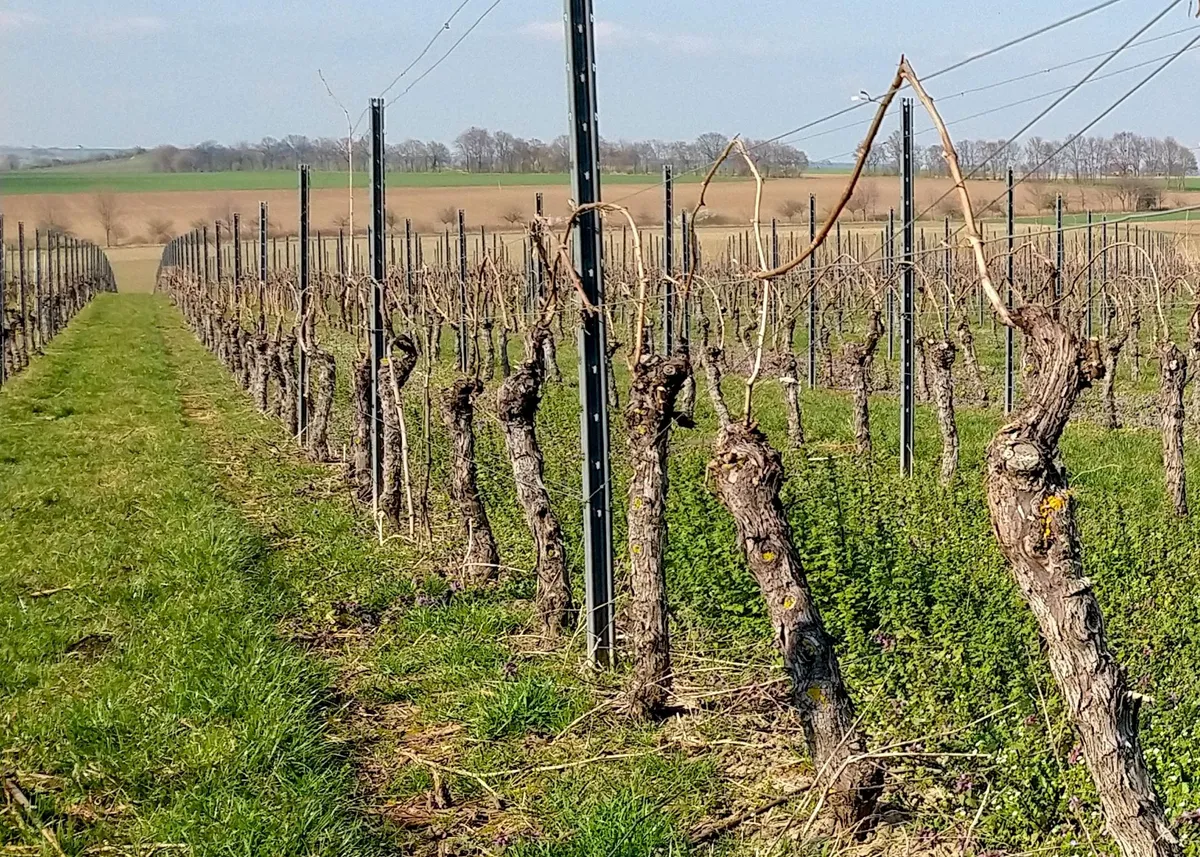
Bending and tying: After pruning, the remaining shoots are gently bent and tied to the wire frame. This promotes even budding and good exposure to light for the future grapes.
Soil maintenance: As soon as the ground is no longer frozen, tilling begins. Loosening the soil improves aeration and allows rainwater to seep away better. In many Swiss vineyards, green cover is also sown between the rows of vines. This protects against erosion, promotes biodiversity and attracts beneficial insects.
Fertilisation: To ensure that the vines have enough nutrients to grow, winegrowers apply organic fertiliser or compost in spring. It is important to maintain the balance in the soil: too much fertiliser promotes growth but can reduce the quality of the grapes.
First canopy management: as soon as the shoots have reached a certain length, the first canopy management begins. Superfluous shoots growing inwards are removed to improve air circulation and prevent fungal diseases.
A crucial time for the vintage
The weeks from March to May are crucial for Swiss winegrowers. Every task performed on the vines and in the soil helps to strengthen the vines and minimise the risk of disease.
At the same time, nature remains unpredictable – a sudden cold spell or too much rain can threaten the delicate shoots. So it is all the more satisfying when, in May, the vineyards are a lush green and everything points to a good flowering in June. This is when the foundation is laid for a new Swiss vintage full of character.
Related Articles
All the news about Swiss wines and exclusive reports.
To visit our site, you must be of legal drinking age in your country of residence.

